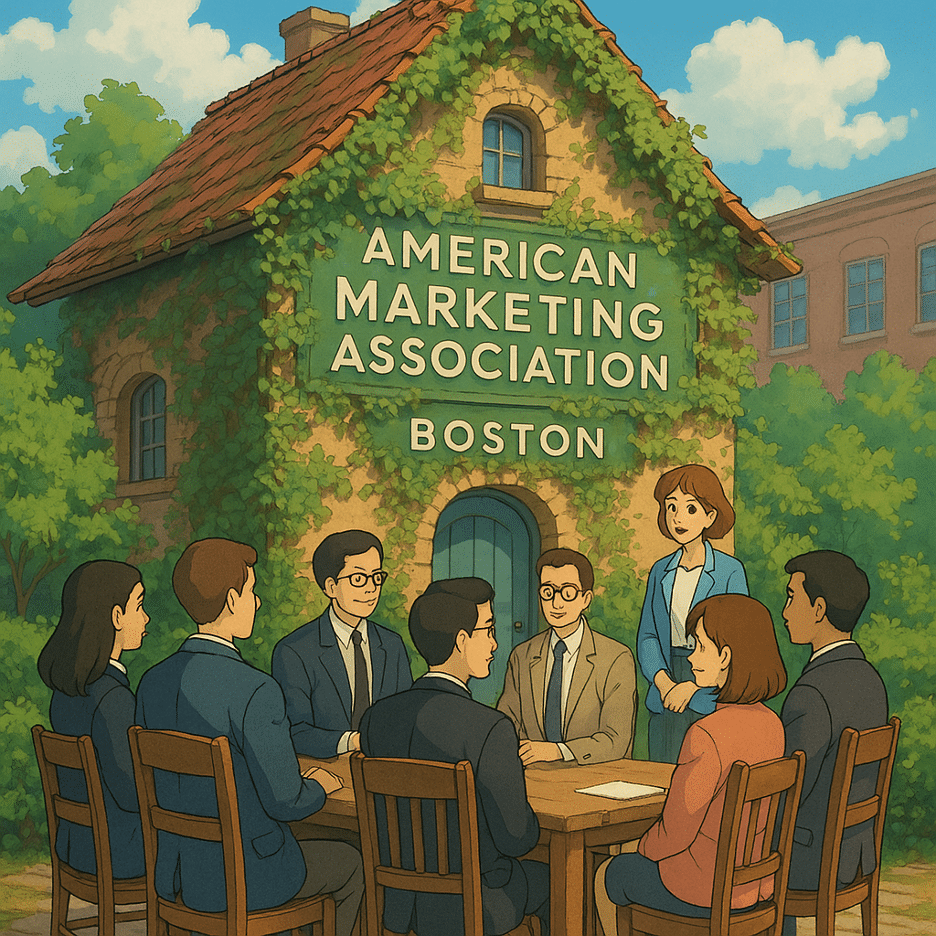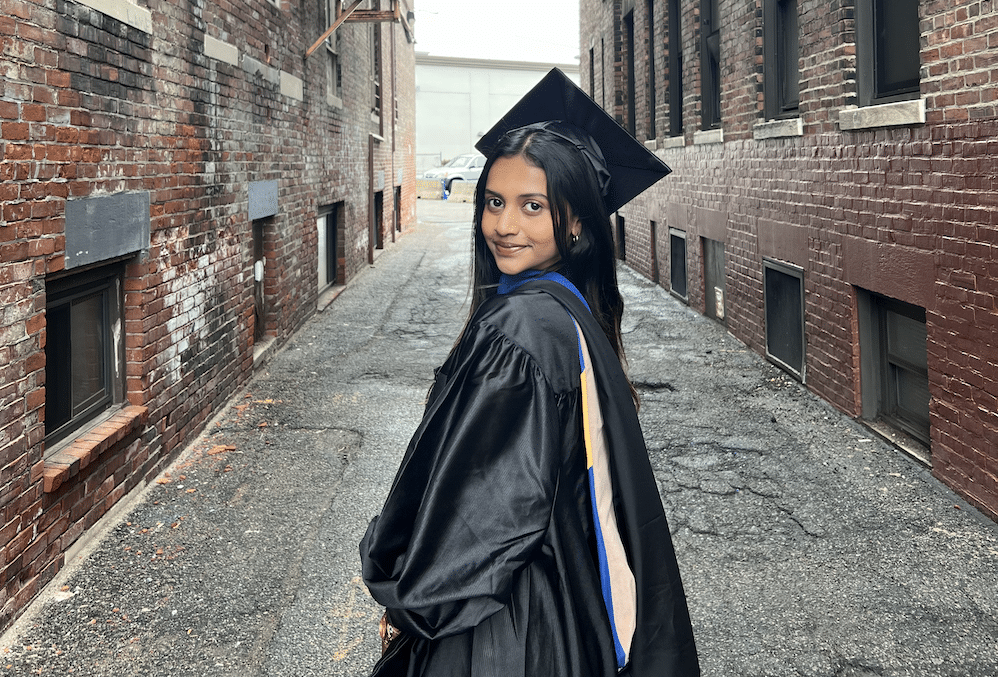
If you’ve been online recently, you’ve likely come across something curious and nostalgic—the “Ghibli Trend.” Almost overnight, it flooded social media. It transformed profile pictures, went viral in videos, and sparked debates about AI’s role in creativity and the future of jobs.
The Origin of the Ghibli Trend
Studio Ghibli, founded by Hayao Miyazaki and Isao Takahata, is a legendary Japanese animation studio. It’s known for classics like Spirited Away, My Neighbor Totoro, and Howl’s Moving Castle.
In recent days, the internet has witnessed a sudden surge of Ghibli-inspired content, driven by artificial intelligence tools that can instantly transform personal images and everyday scenarios into charming, dream-like animations reminiscent of Ghibli’s artistic style. Platforms like TikTok and Instagram are buzzing, with users posting “Ghibli-fied” selfies, cityscapes, and even clips from popular films reimagined in Miyazaki’s signature animation style.
How Did This Trend Explode So Quickly?
The Ghibli Trend went viral thanks to AI tools like Midjourney, Stable Diffusion, and DALLE-3. These apps can mimic complex artistic styles in seconds.
One viral example was a user who transformed New York’s bustling streets into a tranquil, lush, animated version resembling a scene from Kiki’s Delivery Service. Overnight, this clip amassed millions of views, inspiring thousands to jump onto the trend. The accessibility and immediacy of these AI tools played a significant role in its explosive popularity.
The Double-Edged Sword of AI Creativity
The trend brought joy and artistic expression to millions. But it also reignited concerns about AI’s impact on creative jobs.
Critics worry that as AI tools improve, studios and businesses might prefer cost-effective automated solutions over hiring skilled animators and illustrators.
Can AI Truly Replace Human Creativity?
Still, the Ghibli Trend highlights something deeper about creativity: inspiration and authenticity. While AI excels at mimicking existing artistic styles, it still relies entirely on human inputs—our imaginations, memories, and experiences—to generate meaningful art.
Hayao Miyazaki himself once expressed skepticism towards AI, famously describing AI-generated animations as “an insult to life itself.” His comment encapsulates the tension perfectly: AI might replicate aesthetics flawlessly, but it lacks the deep human emotion, intent, and nuance behind real creativity.
Thus, while AI can certainly complement and enhance human creativity, it remains unlikely to replace it completely. Instead, it opens new avenues and opportunities, allowing us to experiment and innovate in ways previously unimaginable.
What Marketers and Creatives Can Learn from the Ghibli Trend
For marketers and creatives, the swift rise of the Ghibli Trend is a reminder of AI’s powerful potential—and a prompt to embrace these technologies carefully and thoughtfully. Leveraging AI creatively can amplify your message, reach wider audiences, and offer unique, engaging content that resonates deeply with users.
The Ghibli Trend shows how quickly AI can shape culture, creativity, and jobs. While excitement around AI-generated content grows, it’s crucial to remain thoughtful about its ethical and professional implications. Ultimately, as we stand at this fascinating crossroads between human creativity and artificial intelligence, perhaps our most critical role as marketers and creatives is to embrace AI responsibly—celebrating both the magic of human imagination and the wonders of technological innovation.


